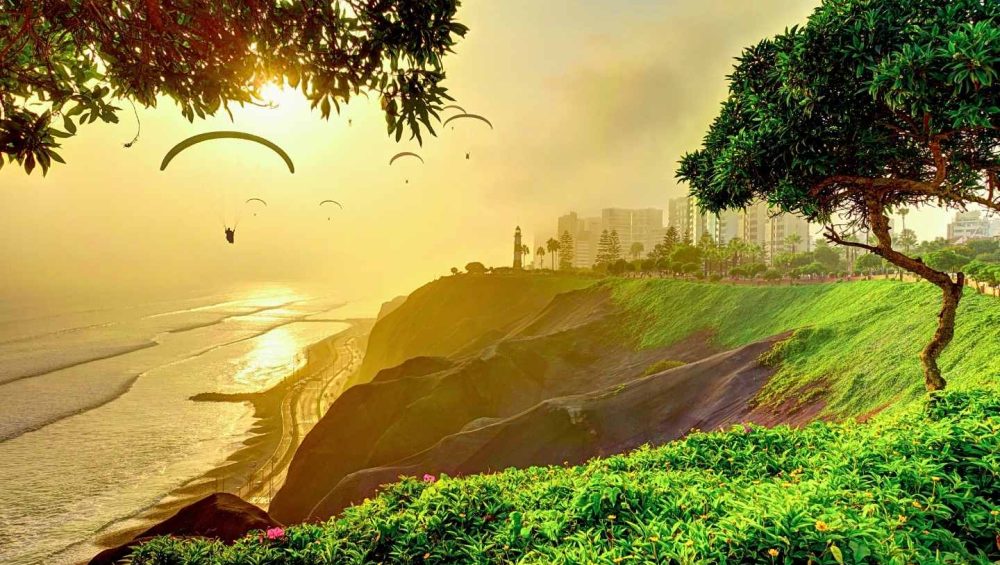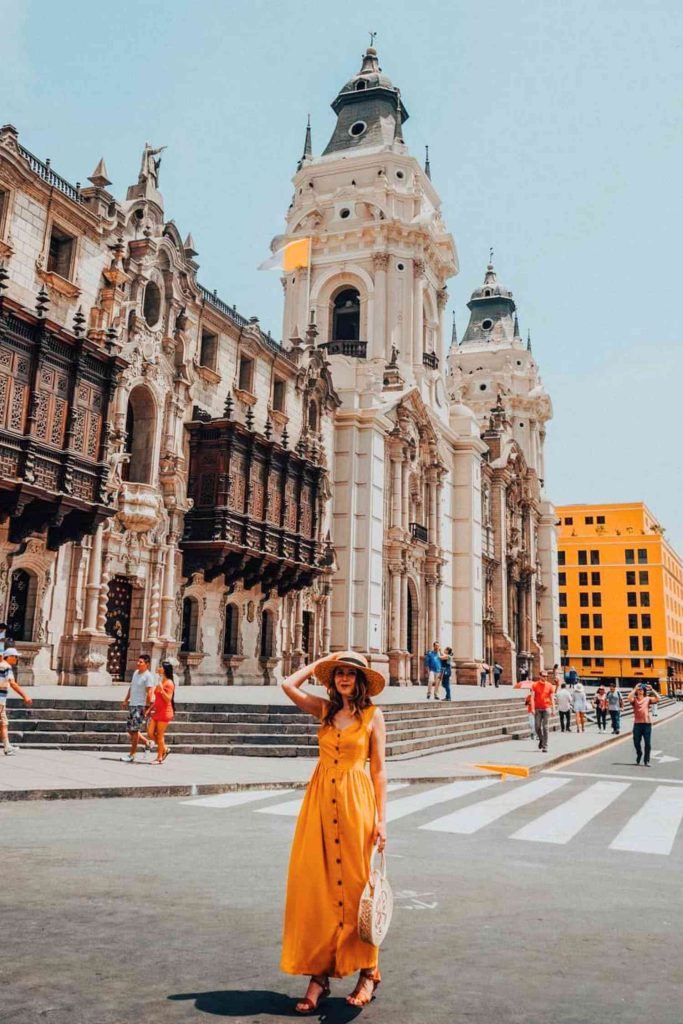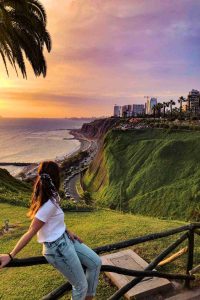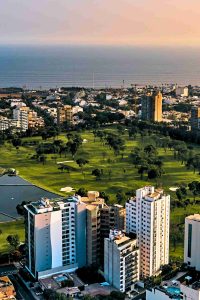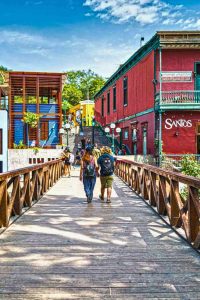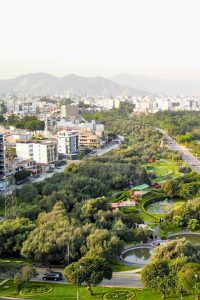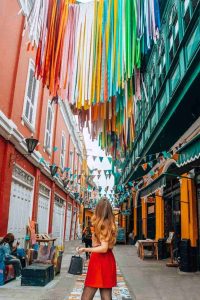Did you know that Lima, the capital of Peru, is where many different people, cultures, and tastes come together? Called the City of Kings since it was started by the Spanish, this big city became the best part of colonial America. Its churches, convents, and big old houses, which still look grand, show how amazing it was in the Historic Center.
Also, Lima is the main way to enter Peru from other countries and is more than just a place to pass through to famous places like Machu Picchu. This well-known city mixes old and new, giving a special experience that shows how rich the country is in culture, history, and food. So, come with us and learn all about the capital of Peru, from its history to its main tourist spots and much more.
History
The history of Lima is long and interesting, going from times before the Incas to the time of the republic. Before the Incas arrived, the area was lived in by old cultures like the Caral-Supe civilization, known for its pyramids and houses and the Lima culture, whose old parts can be seen in the Huaca Pucllana in Miraflores. When the Inca empire grew in the 15th century, Lima became part of the big Tahuantinsuyo, being a connecting point through the Qhapaq Ñan road and an important part of Chinchaysuyu.
The time of the colony started when Francisco Pizarro founded Lima in 1535, making it the “City of the Kings.” During the colony, the city became the center of power for the Viceroyalty of Peru, seeing a lot of architectural and cultural growth with the building of churches, monasteries, and palaces, as well as the founding of schools like the Universidad Mayor de San Marcos in 1551.
In the time of the republic, Lima saw important events like the declaration of independence in 1821 and later economic growth, even with tough times like the occupation during the War of the Pacific. As it moved towards the 20th and 21st centuries, the city has seen modern changes, facing problems and overcoming crises, including those from the COVID-19 pandemic, to become the busy and worldly city it is today.
Most Important Areas of Lima
Lima is a big city full of differences, where each area has its own special things that show its history, culture and how modern the city is. Here, we look at some of the most important areas in the capital of Peru:
Downtown LimaThe heart of Lima resides in its Historic Center. In this area, there are many important old buildings and monuments like the Main Square, the Cathedral of Lima and the Government Palace. These things tell the story of when the capital was a colony and after that. It’s known for its cultural and building importance, and UNESCO says this area is a World Heritage Site, making it one of the first places to visit if you travel to Lima. |
|
MirafloresMiraflores is one of the most famous and tourist-friendly areas of Lima. It’s known for mixing modern places with old pre-Inca remains, like the Huaca Pucllana and for its beautiful views from cliffs overlooking the Pacific Ocean. Its parks, like Kennedy Park, and shopping centers like Larcomar, make it a meeting spot for tourists and people from Peru. |
|
San IsidroKnown as the money and business area of Lima, San Isidro is known for its modern and fancy feel. This area has important company offices, embassies, and expensive homes, but it also has green spaces like El Olivar forest, which is from the 17th century. |
|
BarrancoBarranco is the most artistic and lively area of Lima, famous for its art scene, culture and nightlife. Its colorful streets full of murals, along with the famous Bridge of Sighs and many art galleries, make you want to walk around and discover its charming spots. |
|
San BorjaSan Borja stands out as a living area with a big focus on culture and sports. Here you can find important cultural centers like the Great National Theater and the Museum of the Nation, as well as large green areas and bike paths that encourage an active lifestyle. |
|
CallaoIt is the main sea port of the country and has a strong colonial and military past, shown by the Real Felipe Fortress. Also, Callao is the starting point for natural attractions like the Palomino Islands, where you can see sea lions and sea birds, offering an experience that mixes history, culture and nature. |
What is the weather like in Lima, Peru?
Lima has a very special weather, because it is on the desert coast of the country. The city has mild temperatures all year, but it changes a bit depending on the season:
- Mild and Steady: The temperatures in Lima stay pretty much the same, without big changes between seasons. The average for the whole year is usually between 18°C and 25°C. But in the summer, temperatures can reach 28°C during the day, while in the winter they rarely go below 14°C.
- Not Much Rain: The Humboldt Current, a cold ocean current that goes along the Pacific coast of South America, is important for keeping Lima’s weather mild. This current keeps the ocean water temperature steady, which means there is a cool sea breeze that stops very hot weather. This makes even sunny days feel nice and cool.
- Fog and Drizzle in Winter: Even though it is in a desert area, Lima gets very little rain each year, usually about 10 mm. However, the air is very humid, sometimes more than 80%. This makes the air feel damp and sometimes cloudy.
- Warm Summers: In the summer, Lima has sunny and warm days. The sea breeze helps to keep the temperatures from getting too hot. This makes summer a great time for outdoor activities, like walking along the coast or enjoying the views of the Pacific Ocean.
These weather conditions make Lima a good place to visit at any time of the year. Tourists can enjoy its many city attractions without worrying about sudden temperature changes or heavy rain.
What to Visit in Lima?
Lima is a city that offers many different cultural, historical and modern experiences. From museums that keep the pre-Columbian and colonial past safe to parks and squares where you can see social life everywhere, the Peruvian capital is a place full of variety. Also, the craft markets and archaeological sites let you learn about the roots of the Andean and coastal culture. Here are some of the places you can visit in the city:
1. Museums of Lima
The museums in this place are like keepers of history and art. They have collections that go from very old times before the Spanish came, up to today’s art. Some important ones are the Larco Museum, the Lima Art Museum (MALI), and the National Museum of Archeology, Anthropology and History of Peru. Each of these lets you see deeply into the country’s identity and how its culture has grown.
2. Parks and Plazas of Lima
The public spaces in Lima mix the charm of old Spanish buildings with modern energy. They are places where people meet and show who they are. Some important ones are the Plaza Mayor (Plaza de Armas), which is the historical center of the city and Kennedy Park, known for its lively feel and how it connects with the daily life of people in Lima.
3. Handicraft Markets
The handicraft markets show the talent and traditions of local artists. You can find things from clothes to pottery and jewelry, showing the city’s culture through the main Lima handicraft markets, which keep alive the skills and designs passed down from older generations.
4. Archeological Sites in Lima
Even though Lima is modern, it hides very old remains that let you explore the region’s past. Among these, Huaca Pucllana and the Pachacamac complex are important because they give a real link to the old groups of people who lived in the area. This makes them must-see places when you visit Peru.
Main Tourist Attractions
Lima has many different tourist places that are great to enjoy with family or as a couple. From amazing light shows to old Spanish buildings and modern shopping centers, each of these attractions gives a special experience for visitors. Some of the main tourist attractions are:
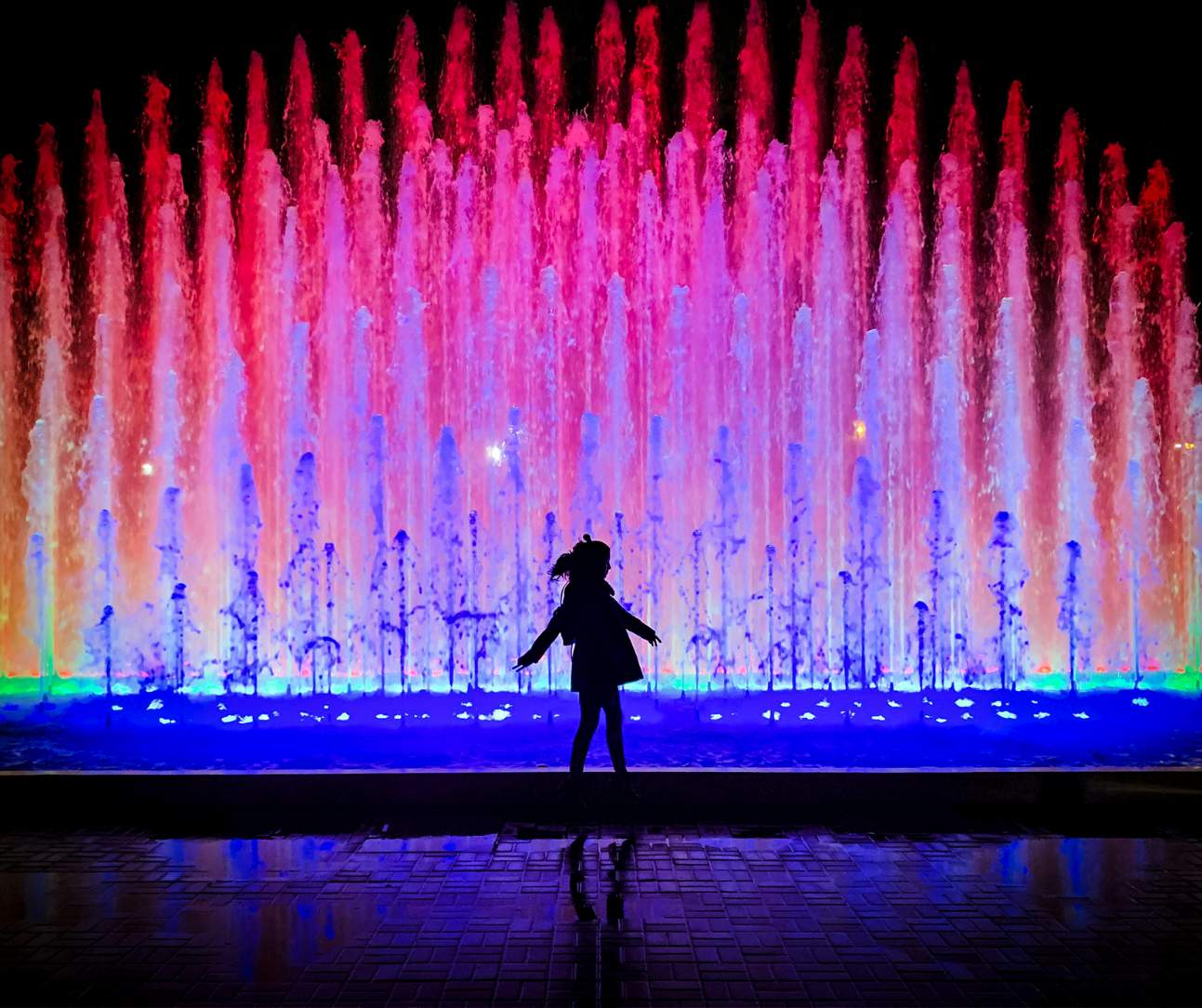 |
Magic Water Circuit Located in the Park of the Reserve, the Magic Water Circuit is one of the most amazing night shows in Lima. It has 13 water fountains that light up and move with the music, plus visual events where videos are shown on the water. |
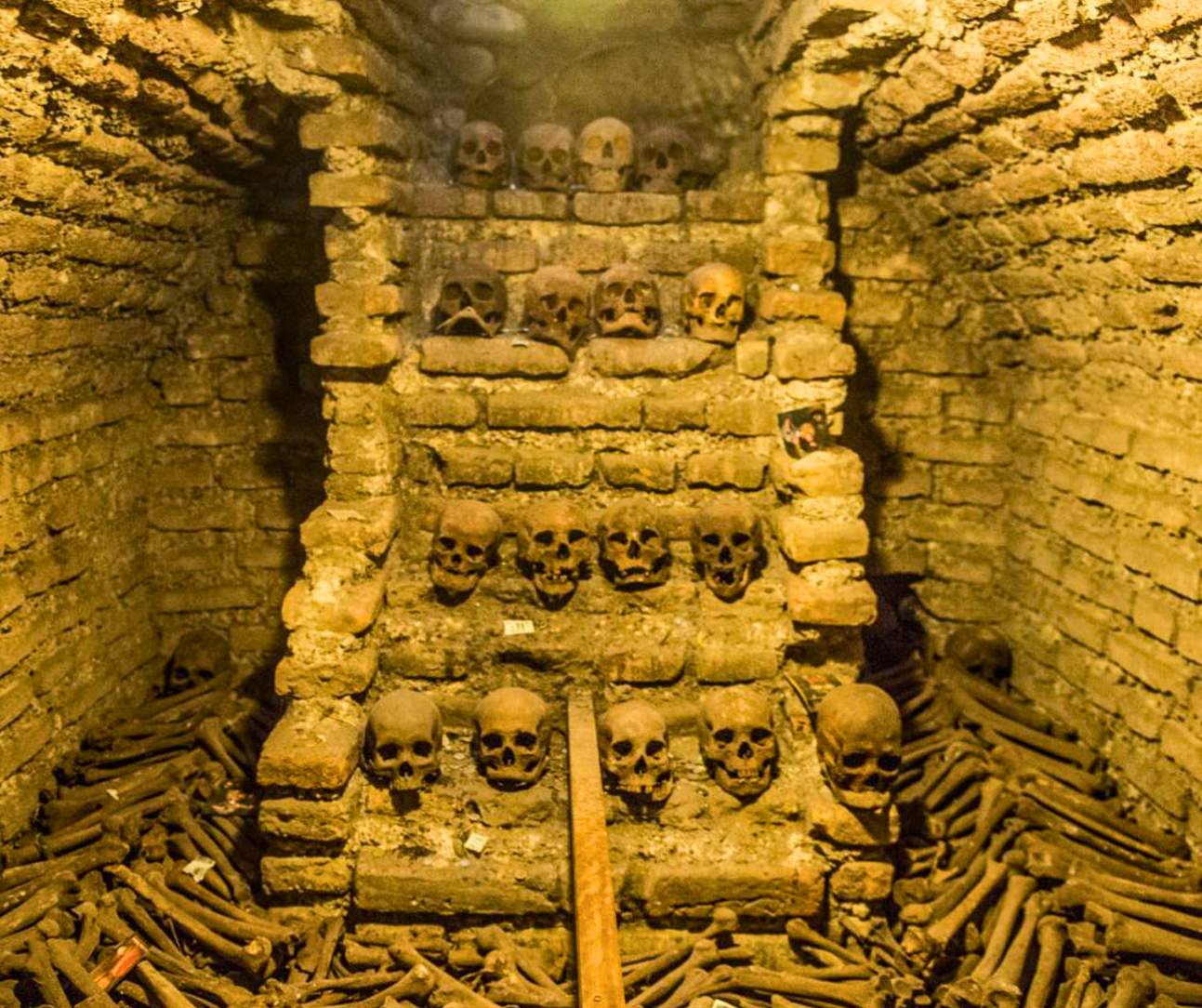 |
Convent of San Francisco and Catacombs The Convent of San Francisco is one of the buildings that stands out for its fancy Spanish-style architecture and its valuable collection of religious art. Your visit can also include a walk through its catacombs, an underground maze that holds the remains of thousands of people and gives a unique look at the city’s history. |
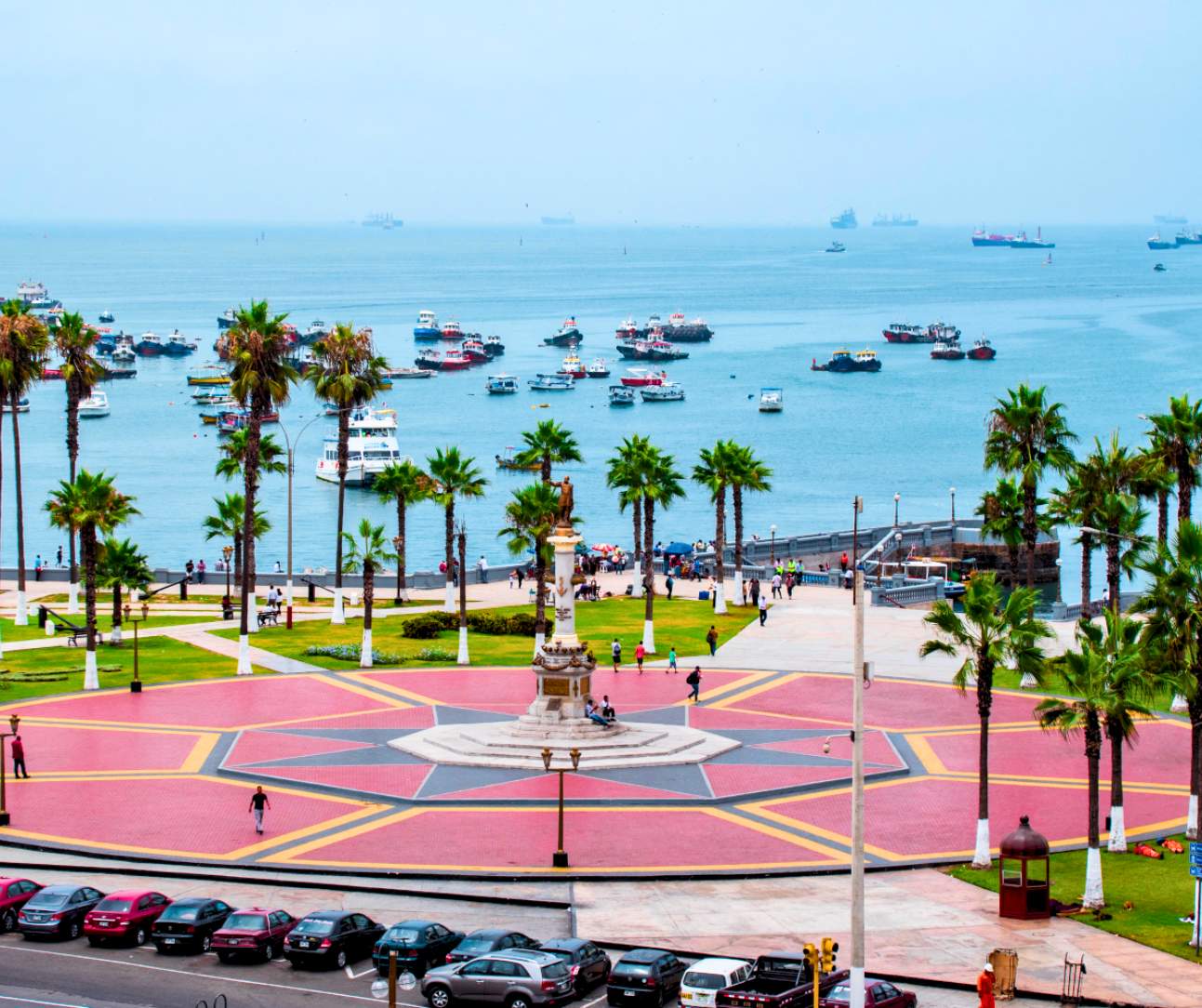 |
Port of Callao
The Port of Callao, Peru’s main sea gateway, is a place where you can see the old colonial history through buildings like the Real Felipe Fortress and enjoy outdoor activities, like boat tours to the Palomino Islands, a must-see spot to relax and enjoy the sea. |
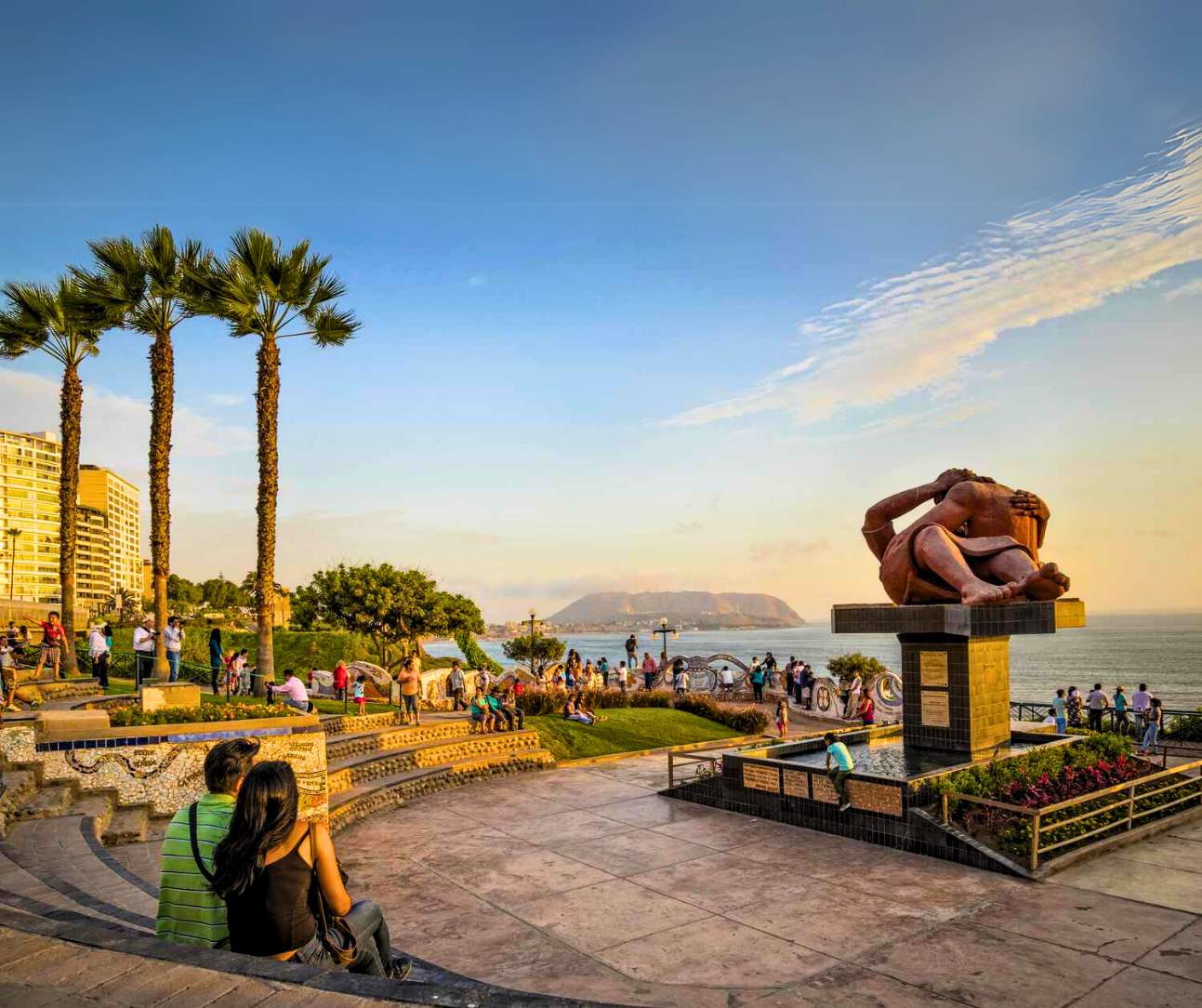 |
The Boardwalk of Lima The Boardwalk of Lima is a long path along the coast that goes along the cliffs of Miraflores, with views of the Pacific Ocean. This place, great for walking, biking, or doing outdoor sports, is the perfect spot to enjoy an unforgettable sunset. |
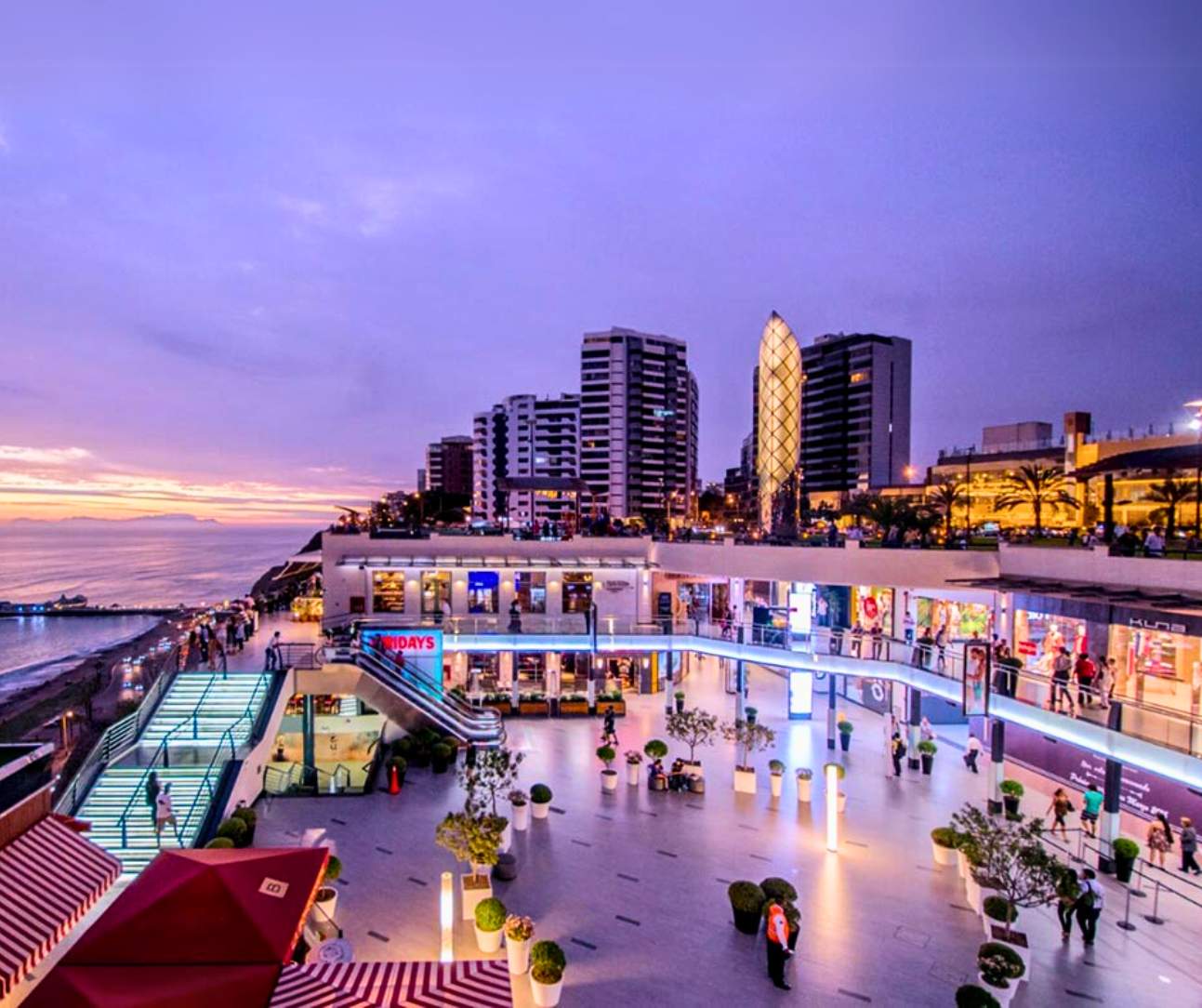 |
Larcomar Located on top of the cliffs of Miraflores, Larcomar is a modern outdoor shopping center that brings together stores, restaurants, and entertainment with amazing views of the ocean. This place is not only great for shopping, but also for trying Peruvian food. |
Lima’s Food
Lima, known as the food capital of America, offers a diverse cuisine that shows the mix of native, African, European, and Asian traditions. This mix of influences has created a variety of famous dishes that delight locals and visitors. Here are some of the most well-known:
Main Dishes
- Ceviche: Seen as the main dish of Peru, ceviche is fresh fish soaked in lemon juice, with red onion, chili pepper, and cilantro. Its sour and spicy taste makes it a special food experience.
- Ají de Gallina: This creamy stew mixes shredded chicken with a sauce made from yellow chili pepper, soaked bread, and evaporated milk. It is usually served with boiled potatoes and white rice.
- Lomo Saltado: Showing the Chinese influence on Peruvian food, this dish mixes strips of beef fried quickly with onion, tomato, and chili pepper, seasoned with soy sauce and served over french fries and rice.
- Causa Limeña: This cold dish is made with layers of mashed yellow potato seasoned with lemon and yellow chili pepper, with fillings like tuna, chicken, or seafood in between. It started around the time of Peru’s independence.
- Pollo a la Brasa: This dish, called a “Culinary Specialty of Peru” and Cultural Heritage of the Nation, is chicken marinated and roasted over hot coals, served with french fries and salad. It is so popular that it has its own day in the Peruvian calendar.
Traditional Desserts
- Suspiro a la Limeña: This traditional dessert from the capital of Peru has a layer of sweet milk cream made with milk, sugar, egg yolks, and vanilla flavor; topped with a meringue made from egg whites, port wine, and sugar.
- Mazamorra Morada: Made from purple corn, this sweet mix is thickened with starch and flavored with cinnamon, cloves, and dried fruits. It is especially popular during the month of October.
- Picarones: This fried dessert, made from a dough that mixes pumpkin and sweet potato, is served covered in sweet cane sugar syrup. It is known for being crispy on the outside and soft on the inside.
Traditional Drinks
- Chicha Morada: This sweet drink is made by boiling purple corn with pineapple, quince, cinnamon, and cloves and sweetened to taste. It is refreshing and goes perfectly with typical dishes.
- Pisco Sour: Seen as the national cocktail, it mixes Pisco with lemon juice, simple syrup, egg white and a few drops of Angostura bitters, making a balanced and fancy drink.

